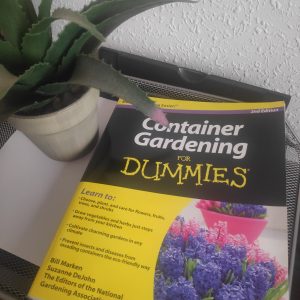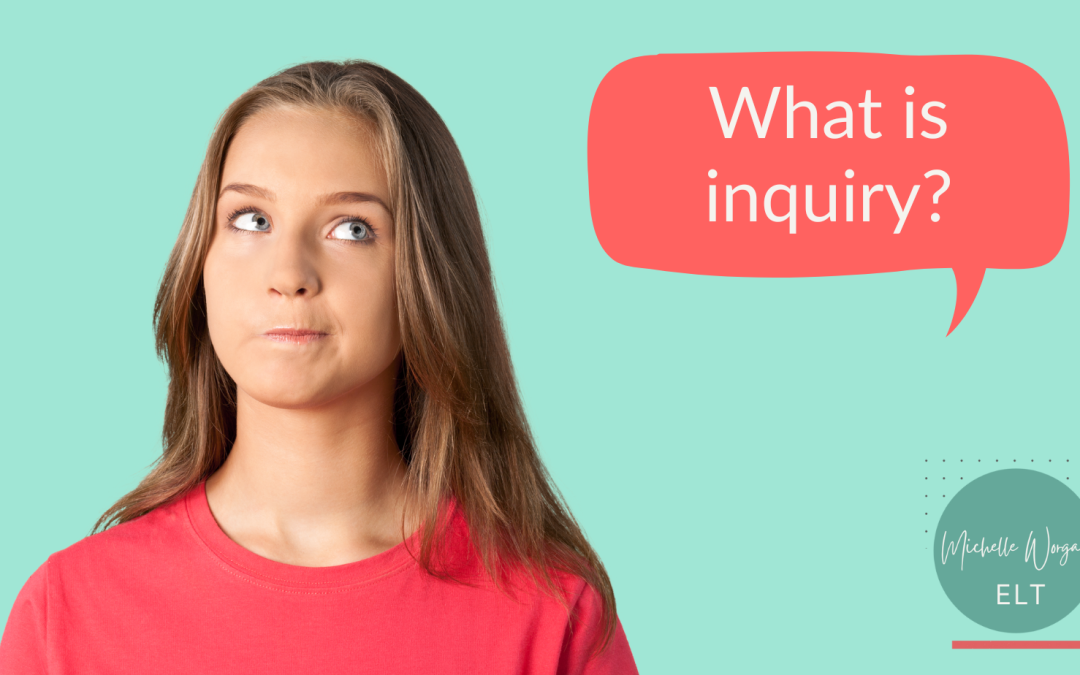I know you’ve probably been asking yourself this question.
You may have seen me posting about “inquiry” resource packs on social media recently and wondered what I was talking about.
Hopefully, this post is going to help you understand what inquiry-based learning is and how it might be used in the primary ELT classroom.
I was thinking of calling this post “Inquiry-based learning for Dummies” but I really didn’t want anyone to feel offended! (If you don’t know them, the For Dummies series is a collection of guides for complete beginners in almost any subject. You can see one of mine, below.)

So, what is inquiry-based learning?
Similar to Project-based learning, IBL (inquiry-based learning) works as a structured project or unit of work with clear stages. The learning takes place during this project.
IBL is a “teaching” approach based around the learners’ questions and interests. I’ve put teaching in speech marks because I prefer to call it a learning approach. IBL is centred around the learner, rather than the teacher. During an inquiry, learners find out what they want to know about a topic or theme, by doing research or activities to help them find answers to their questions.
Honestly, what could be more motivating for young learners than this?
Learner-centred teaching
IBL is often used to teach science subjects which benefit from a hands-on approach. Learners work in groups to make and test out hypotheses and draw conclusions from their research and experimentation. However, it’s not only in science where learners can benefit from such an approach. Humanities such as history and geography, maths, technology and more can also work well when learners have opportunities to investigate or find solutions to problems.
An inquiry might start with a problem or a situation that requires analysis and research or a question that has no simple answer. Learners are tasked with deciding how they will try to find answers, working on the problem and then presenting their findings to the class.
Teaching English to young learners with IBL
You may be wondering what this has to do with ELT. As language teachers, we need to be teaching students vocabulary and grammar, right? Well… to some extent, yes. Learners do need to learn vocabulary and practise grammar structures in order to be able to formulate ideas and communicate with others. But the focus should be on the latter – on expressing themselves and using this understanding of language (including vocabulary and grammar) to learn more about the world. With IBL we are giving learners a reason to learn specific language and we’re creating a need for it. With careful selection of the topic and questions, we can ensure that our students are learning the language they need to develop their inquiry.
Want to know more?
For me, IBL is a way of ensuring all our learners feel included and are catered for in the classroom. It’s super flexible and allows for students to work on a range of activities at any one time. For this reason, I’m developing a series of resources for young learner teachers, as well as a comprehensive course, which will be available later next year. In the meantime, you can find out more about the resource packs I plan to launch here.
And if you don’t want to miss out, sign up for updates in your inbox now.


Recent Comments